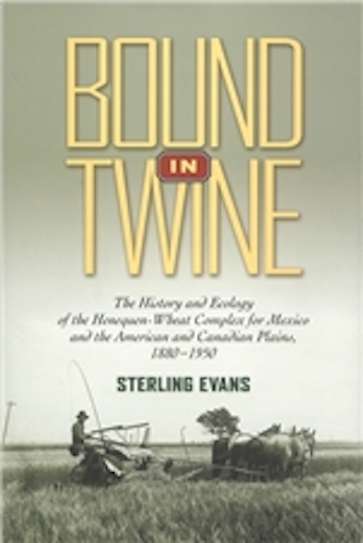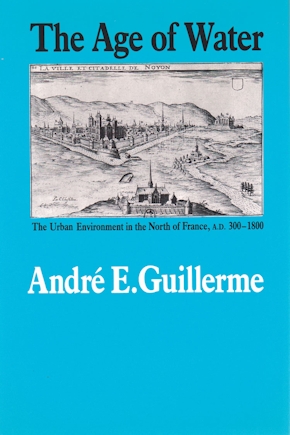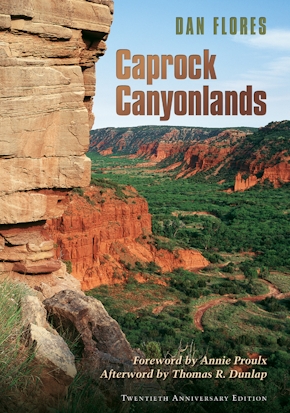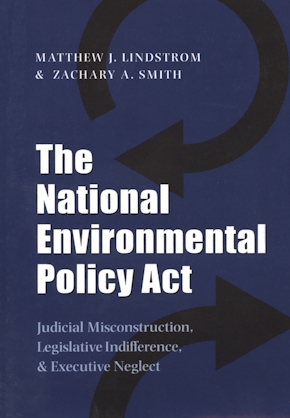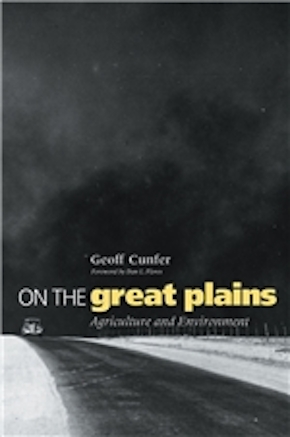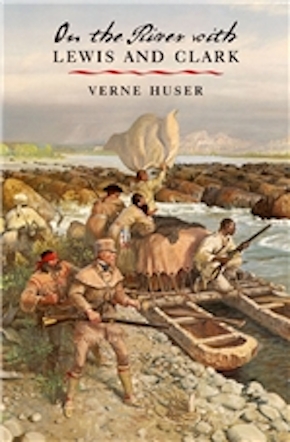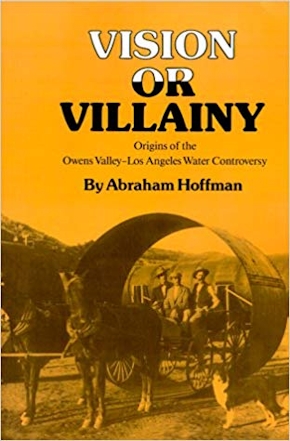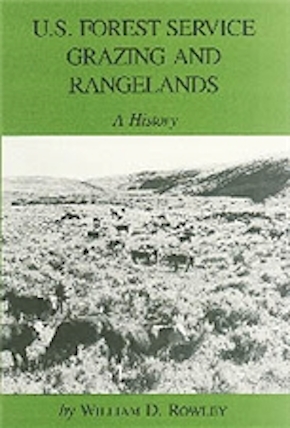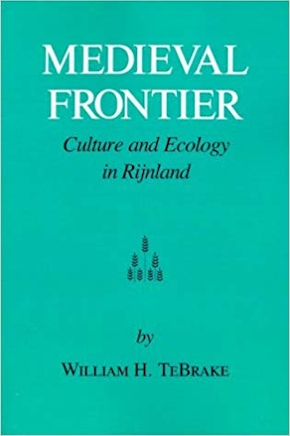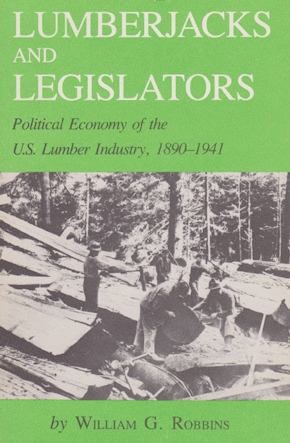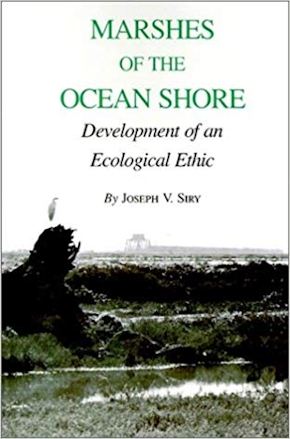Bound in Twine
The History and Ecology of the Henequen-Wheat Complex for Mexico and the American and Canadian Plains, 1880-1950
978-1-62349-047-8 Paperback
6 x 9 x 0 in
334 pp. 28 b&w photos., 3 line art., 10 maps., 4 tables., Notes.
Pub Date: 04/29/2013
Available
The double dependency that subsequently developed between Mexico and the Great Plains of the United States and Canada affected the agriculture, ecology, and economy of all three nations in ways that have historically been little understood. These interlocking dependencies—identified by author Sterling Evans as the “henequen-wheat complex”—initiated or furthered major ecological, social, and political changes in each of these agricultural regions.
Drawing on extensive archival work as well as the existing secondary literature, Evans has woven an intricate story that will change our understanding of the complex, transnational history of the North American continent.
About the Author
Reviews
Published by Texas A&M University Press
